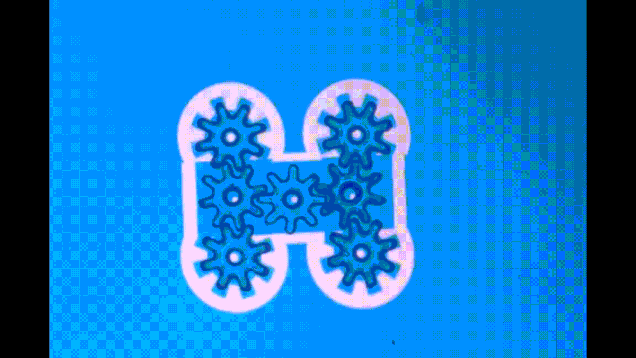In a study published this week in Nature Communications, research from Professor Aaron Wheeler has introduced reconfigurable multi-component micromachines driven by optoelectronic tweezers.
These micromachines are made up of light-driven micromotors that can be precisely rotated and translated in parallel processes that can manipulate 3D particles, amplify torque and speed, and be used as microfluidic valves.
"There is a lot of talk about 'micromachines' in the literature, but the systems described here actually deliver," says Wheeler.
"We have developed working gear trains, rack-and-pinion systems, 3D particle launchers, and more. This is a breakthrough but is just the first step – I look forward to seeing the marvelous micro-contraptions of the future that will build from these principles."
Prof. Wheeler, along with first author of this paper and former postdoctoral fellow Shuailong Zhang, has previously demonstrated the use of microrobots for non-invasive cell manipulation. Last year, he received a grant from the Canada-UK Artificial Intelligence Initiative to develop AI-controlled robots for microsurgery.



